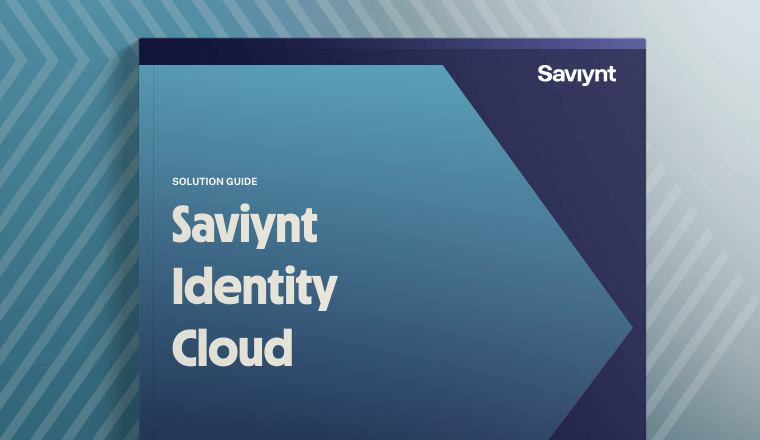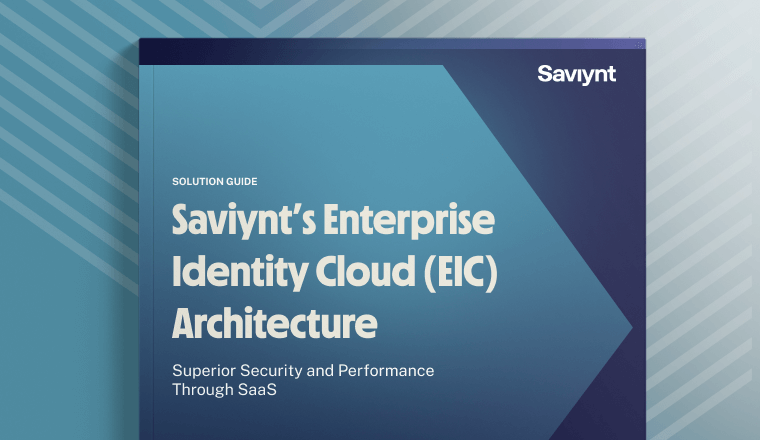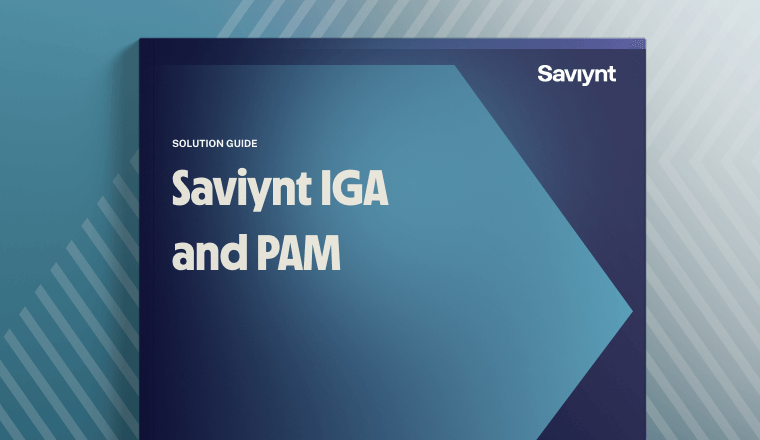Glossary Listing
Originally all PaaS providers were in the public cloud. As the market evolved, private and hybrid PaaS providers sprung up, allowing internal IT departments to manage the platforms.
Cloud-based platforms are delivered in three ways:
As a public cloud service from a provider that delivers networks, servers, storage, OS, middleware, and a database to host the customer’s application
As a private service behind a firewall
As software deployed on public infrastructure as a service (IaaS)
PaaS may address a range of use cases and services spanning app design, app dev, testing and deployment, team collaboration, web service integration, database integration, security, scalability, storage, persistence, state management, app versioning, app instrumentation, and dev community facilitation.



What is Platform as a Service (PaaS)?
What is Platform as a Service (PaaS)?
A Platform as a Service (PaaS) is a cloud-based computing platform that represents a shift away from traditional, on-premises, or legacy computing platforms. These cloud-based services typically comprise a modular bundle of applications.Originally all PaaS providers were in the public cloud. As the market evolved, private and hybrid PaaS providers sprung up, allowing internal IT departments to manage the platforms.
Cloud-based platforms are delivered in three ways:
As a public cloud service from a provider that delivers networks, servers, storage, OS, middleware, and a database to host the customer’s application
As a private service behind a firewall
As software deployed on public infrastructure as a service (IaaS)
PaaS may address a range of use cases and services spanning app design, app dev, testing and deployment, team collaboration, web service integration, database integration, security, scalability, storage, persistence, state management, app versioning, app instrumentation, and dev community facilitation.
Resources


